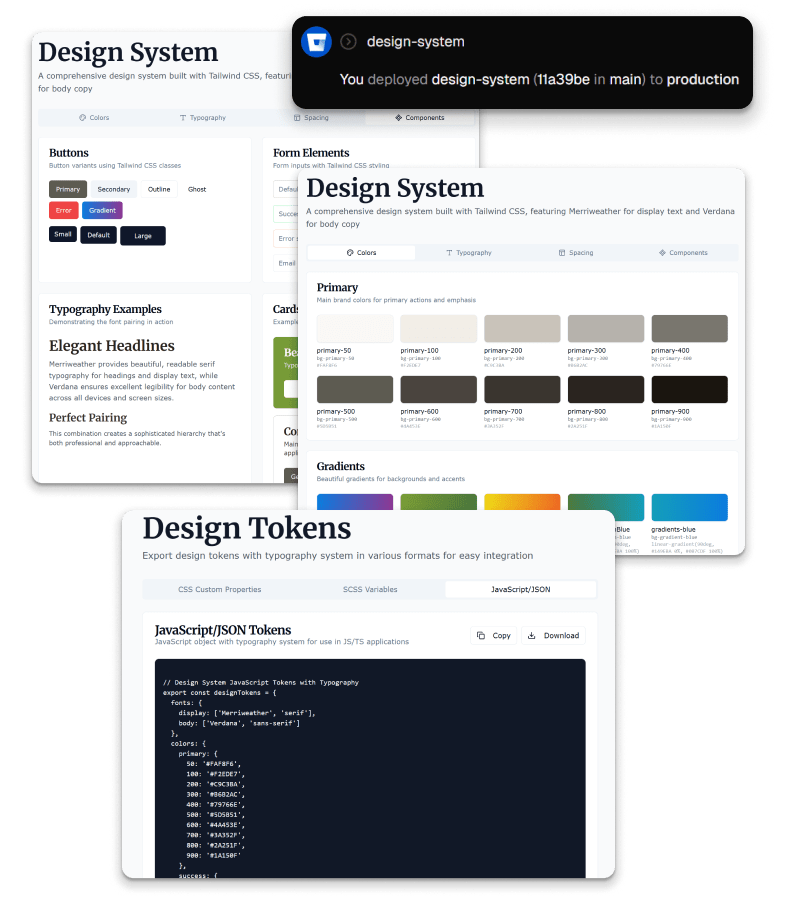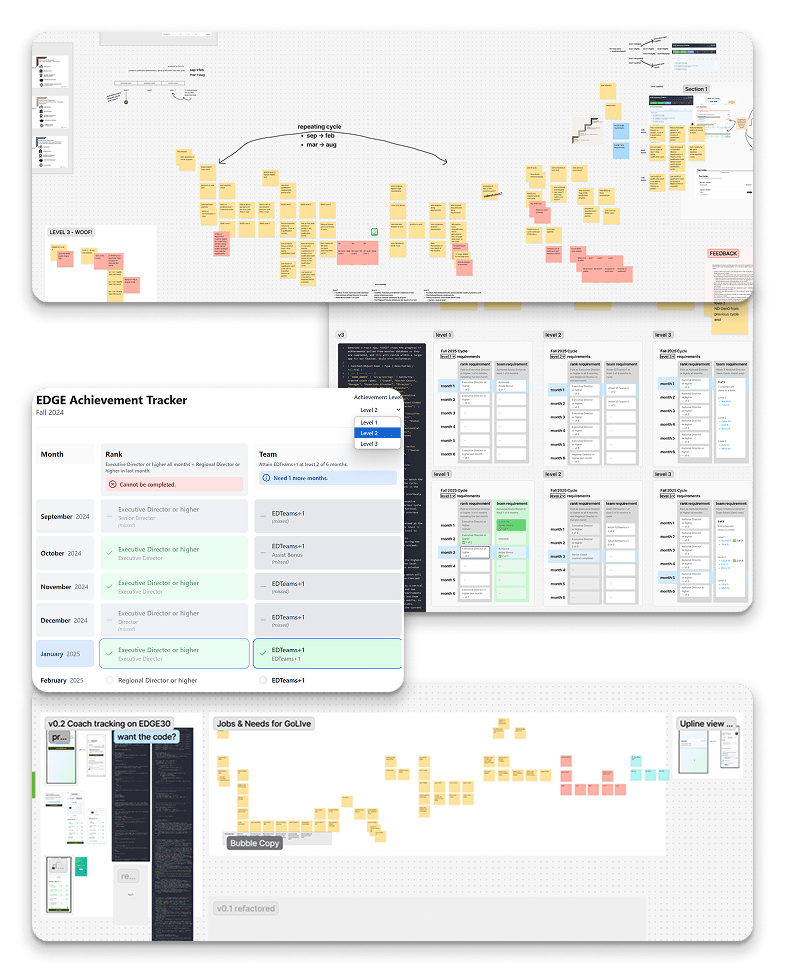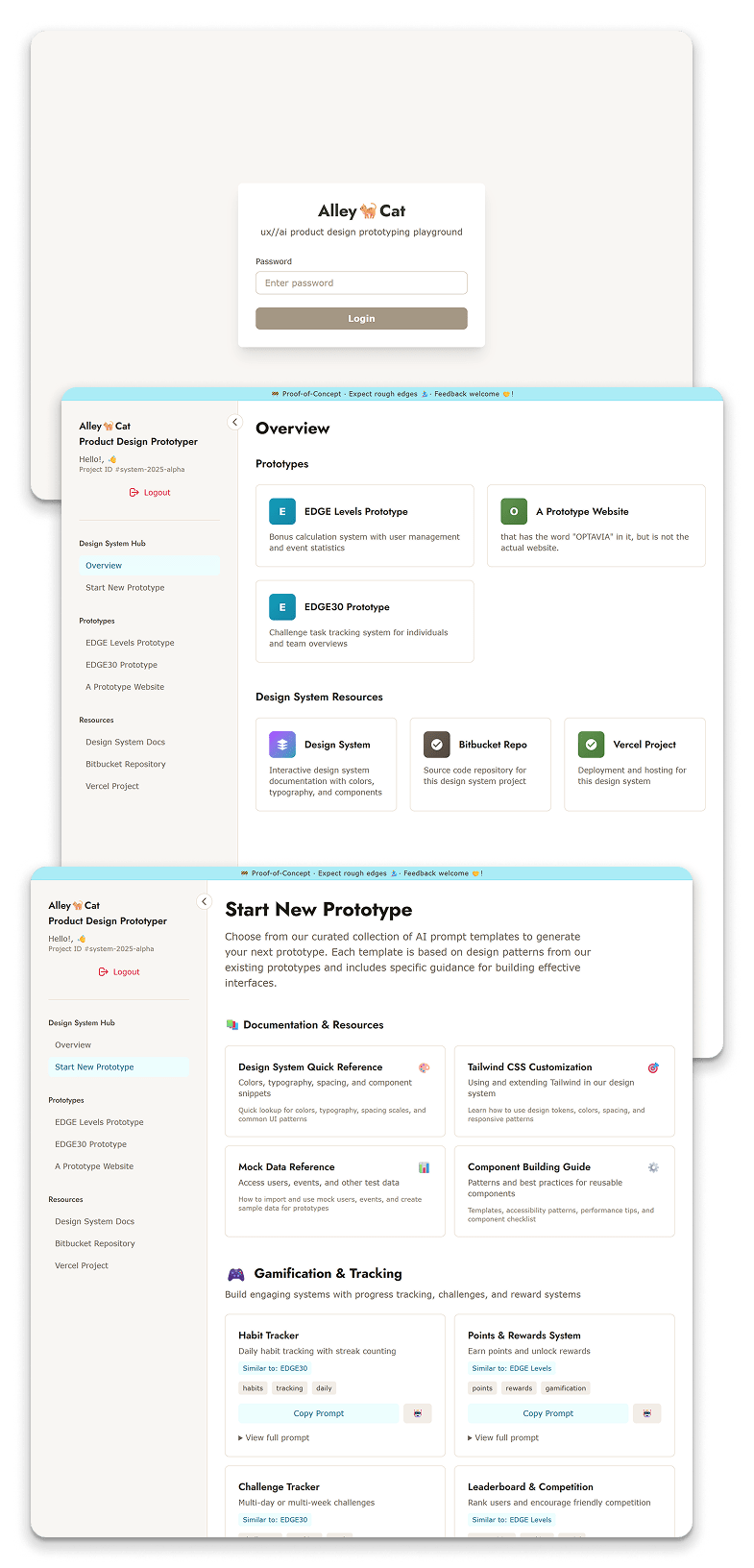Building an AI-Empowered Design Team
A strategic initiative to integrate AI into our design workflow.
My Role: Director of UX Product Design (Lead Strategist & Prototyper)
Core Outcome: Grew a team of "Product Designers" into "Product Producers" by building a new AI-powered workflow, cutting prototype-to-test cycles by 50% and shipping multiple high-impact features.
My Reflections (up front)
AI is a massive lever for design teams. This project proved that when designers get closer to the code—using tools like AI, Git, and CSS frameworks—we create incredible, undeniable value.
This experience solidifies my belief in a new, emerging role. It's less "Product Designer" and more "Product Producer"—a leader who strategically orchestrates the full stack of product creation, from ambiguous human problems to production-ready code, to deliver business-changing results.

The Opportunity: A Catalyst for Change
An interest driven to do more with AI, I saw an opportunity when a high-visibility feature request was failing, creating a storm of complaints that went directly to the President and CEO of the company.
Instead of a conventional (and slow) approach, I used this crisis to upgrade our team's capabilities. I saw an opportunity to build a new, AI-empowered system that would make the entire team faster, more technical, and more innovative.
My goal was to create a team of "Product Producers"—designers who actively build, code, and test with modern tools.

My Approach: From Pilot Project to Team-Wide System
I developed a 3-step strategy to transition the team, using the C-suite-level problem as our pilot project.
1. The Pilot: Proving the "Product Producer" Model (I go first)
To prove the model, I led the first AI-design project myself.
-
Tech Stack Alignment: Partnered with engineering to align on their tech stack (Gemini) for a seamless handoff.
-
Rapid Prototyping (with Code): Wrote the initial prototype code using AI, enabling user testing of a realistic, data-populated feature in days, not weeks.
-
The Result: The shipped prototype solved the high-visibility problem and became a proven blueprint for the 50% cycle reduction.
2. The Pivot: Building the Infrastructure for Speed
To scale the pilot's success, I built infrastructure to empower the entire team.
-
Pivoting to TailwindCSS: Migrated our design system to TailwindCSS for faster, code-consistent prototyping that aligned with engineering.
-
Creating a "Prototype Showcase": Secured a Git repository for a centralized design system and prototype showcase, giving designers a "sandbox" to build, test, and host coded prototypes.
3. The System: Scaling the AI-Empowered Workflow
I then focused on standardizing the practice for the whole team.
-
Standardizing Prompts: Built a boilerplate of "prompt templates" to ensure consistent, high-quality AI outputs for mock data and UX copy.
-
Training & Tools: Led training on Git, coding standards, and accessibility, fostering a culture where designers were empowered to code.

The Results: A New Team Capability
This initiative fundamentally changed how our design team operated and how it was perceived by the company.
| Key Metric | Result |
|---|---|
| Prototyping Speed | 50% reduction in prototype-to-test cycles. |
| Team Capability | Grew a team of "Product Designers" into "Product Producers" who could code, test, and ship with AI. |
| Business Impact | Successfully launched multiple, high-engagement AI-native features that originated from our prototypes. |
| Developer Acceleration | Designers provided production-ready code (TailwindCSS / Gemini / ClaudeCode), dramatically accelerating the developer handoff. |
